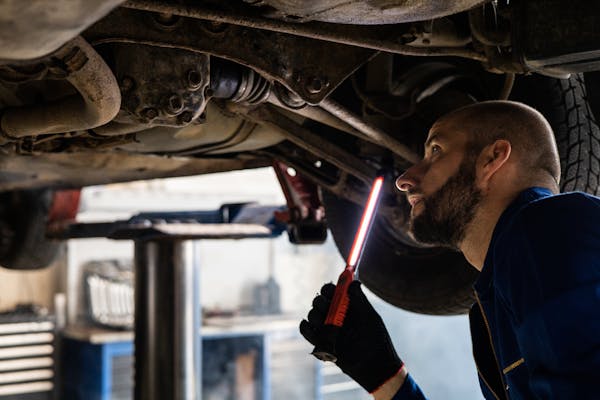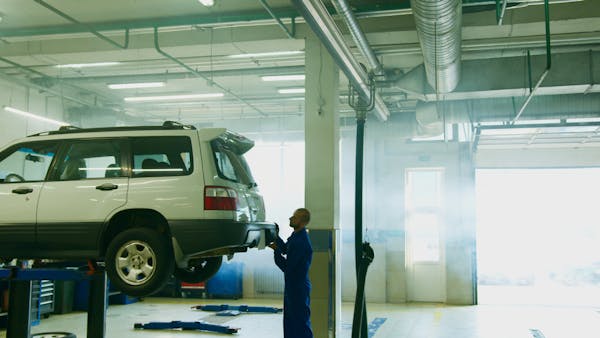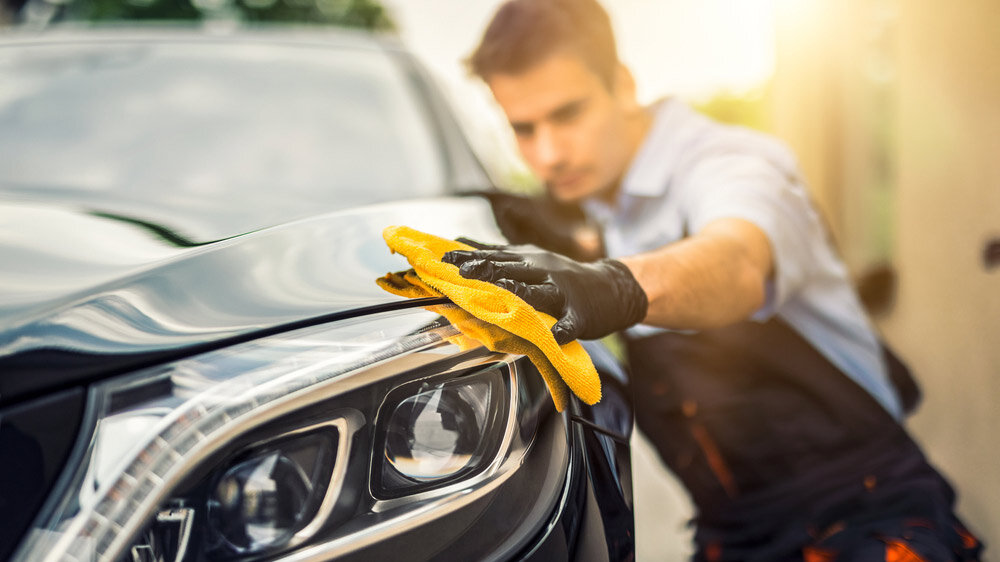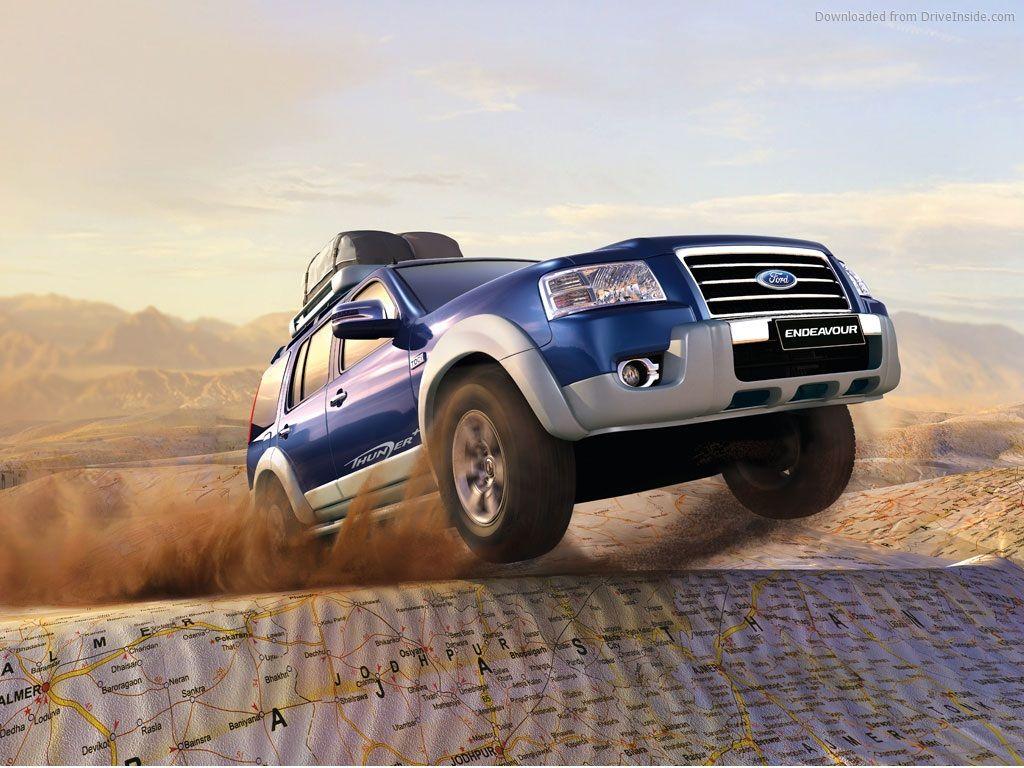Master Your Wheels: Essential DIY Car Care Tips for Every Driver
Maintaining your car doesn't have to be daunting or expensive. With a bit of knowledge, the right tools, and a willingness to get your hands dirty, you can tackle many routine maintenance tasks yourself. In this comprehensive guide, we'll explore top do-it-yourself (DIY) car maintenance tips to keep your vehicle running smoothly and save money on costly repairs.
1. Regular Oil Changes: The Lifeblood of Your Engine
Changing your car's oil is one of the most critical DIY maintenance tasks. Engine oil lubricates the moving parts of your engine, reducing friction and preventing premature wear and tear. Check your owner's manual for the recommended oil change interval, typically every 5,000 to 7,500 miles for conventional oil and up to 10,000 miles for synthetic oil.

To perform an oil change, you'll need a socket wrench, oil filter wrench, oil drain pan, funnel, and the appropriate type and quantity of motor oil. Begin by raising your car with a jack and supporting it with jack stands for safety. Then, locate the oil drain plug beneath the engine, place the drain pan underneath, and remove the plug to drain the old oil. Next, remove the old oil filter, install a new one, and replace the drain plug. Finally, add the new oil through the oil filler cap, checking the dipstick to ensure you've added the correct amount.
2. Check and Replace Air Filters: Keep Your Engine Breathing Easy
Clean air is essential for your engine's performance and longevity. Air filters prevent dirt, dust, and debris from entering your engine's intake system, but they can become clogged over time, reducing airflow and fuel efficiency. Check your air filter every six to twelve months or as recommended by your vehicle manufacturer, and replace it if it appears dirty or clogged.

Replacing an air filter is a straightforward task that requires minimal tools. Most air filters are located in a plastic housing near the engine. Simply unclamp or unscrew the housing, remove the old filter, and insert the new one in the same orientation. Make sure the filter is properly seated in the housing, then reattach the housing and secure it in place.
3. Monitor and Maintain Tire Pressure: Maximize Fuel Efficiency and Safety
Proper tire pressure is critical for safe handling, fuel efficiency, and tire longevity. Check your tire pressure at least once a month using a tire pressure gauge when the tires are cold (i.e., haven't been driven for several hours). Refer to your vehicle's owner's manual or the sticker inside the driver's door jamb for the recommended tire pressure, and adjust as needed.

To add air to your tires, you'll need a tire inflator or air compressor. Remove the valve stem cap, attach the inflator nozzle to the valve stem, and add air until you reach the recommended pressure. Check the pressure again with the gauge and adjust if necessary. Don't forget to replace the valve stem caps when you're finished.
4. Inspect and Replace Brake Pads: Maintain Stopping Power
Your car's brake system is essential for safety, so it's crucial to monitor the condition of your brake pads regularly. Most brake pads have wear indicators that emit a squealing sound when the pads are worn down, but you should visually inspect them every six months or as recommended by your vehicle manufacturer.

Replacing brake pads requires a bit more mechanical skill and the right tools, including a jack, jack stands, lug wrench, C-clamp, and a socket set. Begin by safely raising your car and removing the wheels to access the brake calipers. Remove the caliper bolts, then the caliper itself, being careful not to damage the brake line. Once the caliper is removed, you can access and remove the old brake pads and install the new ones. Be sure to lubricate the caliper slides and reinstall everything securely before lowering your car and testing the brakes.
5. Maintain Fluid Levels: Keep Your Car Running Smoothly
Regularly checking and topping off essential fluids is crucial for maintaining your car's performance and reliability. In addition to engine oil, be sure to monitor levels of coolant, brake fluid, power steering fluid, transmission fluid, and windshield washer fluid.

Each of these fluids has a reservoir or dipstick for checking levels, and adding fluid is a simple matter of pouring it into the appropriate reservoir. Just be sure to use the correct type of fluid for your vehicle, as specified in your owner's manual.
Conclusion: Empower Yourself with DIY Car Maintenance
By mastering these DIY car maintenance tips, you can save money on costly trips to the mechanic and take greater ownership of your vehicle's health and performance. Remember to always consult your vehicle's owner's manual and follow proper safety precautions when performing maintenance tasks. With a little time and effort, you can unleash your inner mechanic and keep your ride running smoothly for years to come.















